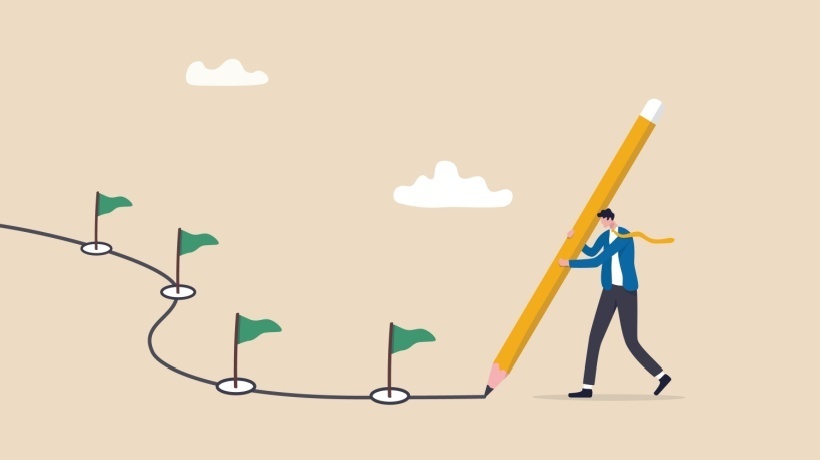3 Main Parts Of A Performance Mapping Process
Performance Management is the catalyst for growth; however, it involves more than simply evaluating employee performance. The only way to really reach the “X” that marks the spot (in this case, a positive transformation in your employees’ abilities) is to start at the beginning with a detailed map of the journey—and challenges—to come.
Think back to your first job. What kind of training did you receive? Was it helpful? Tuned to your needs? Or did you struggle to relate? Did you have difficulty concentrating? Did you learn everything you needed to?
If your experience was positive, great! The training you experienced was built with you, and people like you, in mind. However, if your experience felt more generalized, less relatable, didn’t meet your needs in quite the right way, well… it’s likely that it fulfilled the checklist requirements but failed to meet the personal aspect of what effective training should offer.
3 Main Parts Of A Performance Map
At AllenComm, we ensure the instructional effectiveness of our training through key practices within our design and development process. In other words, we create a performance map unique to your organization’s needs and goals. The purpose of the performance map is to hone into what motivates each person, what their learning needs are, and how they can adjust or internalize behaviors to become even better at what they do.
Our performance map consists of 3 main pieces, split into smaller objectives:
- Business goals
- Desired behaviors
- Critical thinking, skill mastery, and motivation
All 3, when brought together, can bring measurable success and keep your training on track.
Business Goals
The first section of a performance map, business goals, is exactly what it sounds like: an assessment into what goals will drive growth for the individual business or organization we’re collaborating with. For example, the goal could be to “improve customer service to 80% compliance”. This goal then influences everything that comes after.
Desired Behaviors
What behaviors tie in with our established business goals? Continuing the customer service example, we see 1) active listening, 2) asking questions, and 3) observation.
- Active listening can help improve customer service through a learner’s heightened ability to listen openly and honestly to a customer’s feelings.
- Being able to ask focused questions can bring light to other sides of a customer’s story.
- Observational skills will help them gather additional information or identify conflicts, allowing prime opportunities to resolve situations before they escalate, keep the customer’s business, and leave the customer with a positive experience!
Critical Thinking, Skill Mastery, And Motivation
The last part of the performance map is the most critical. How can desired behaviors be targeted during training to enhance critical thinking, encourage skill mastery, and motivate learners to follow through and hold each other accountable?
Let’s take a look at each individual step:
- Critical thinking is all about being able to assess and react to any given situation in a manner that is appropriate and, preferably, optimal each and every time. Using our desired behaviors for customer service, this would include identifying key phrases to listen for, recognizing cues of non-verbal communication, and deciding when to use open or closed-ended questions.
- Skill mastery combines critical thinking with a next-level application. Skill mastery targets areas in which the learner can and should become even more proficient, such as active listening, observation, and how to ask the right question at the right time.
- Motivation is what holds everything together. Without it, how will the learner feel inspired to commit to continual growth and see their new skills through to everyday situations? By focusing on motivational aspects of how these newly learned skills can be used in the real world, and by providing a comfortable environment for learners to practice, they can gain the confidence they need in resolving situations or fulfilling their responsibilities at an all-new level.
Bring It All Together
A performance map is a guiding key from where your learners start to where they end up: stronger, better, and more equipped to handle any situation upon completion of their training journey. Want to extend that journey into a continual path of improvement? Expand your Performance Management capabilities even further by incorporating methods of measurement or other Performance Support Tools.









